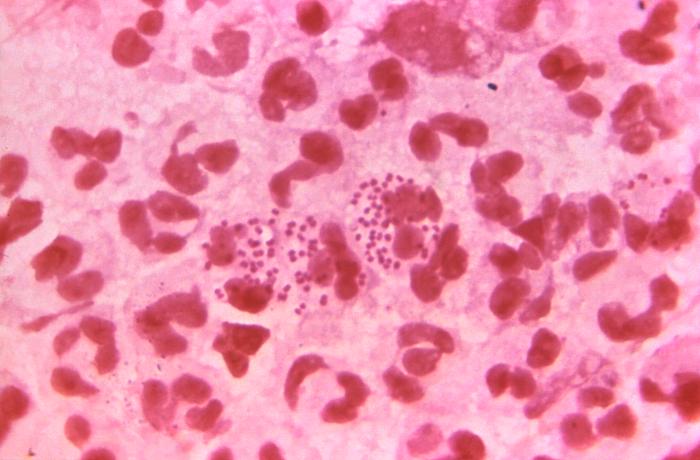According to the recently released 2017 Michigan Annual STD Summary Report, cases of chlamydia, gonorrhea and syphilis all increased last year. This growth mirrors national trends published in a Centers for Disease Control and Prevention surveillance report today but reflects a reversal of previous decreases.

The state has experienced between 45,000 and 50,000 cases of chlamydia annually since 2008, but in 2017 reports increased 8 percent to nearly 51,000. Gonorrhea cases dropped nearly by half from 2008 to 2014 but have climbed nearly 60 percent in the past three years including a 20 percent jump in 2017 to 15,413 cases. Reports of syphilis had dropped 25 percent following an outbreak in 2013 but jumped 28 percent in 2017 to 480 cases.
A majority of these increases are being seen in adolescents, African-American men and women and men who have sex with men.
Congenital syphilis more than double since 2013 in the US
Chlamydia, gonorrhea and syphilis are curable with antibiotics, yet many cases go undiagnosed and untreated. This can lead to severe adverse health effects that include infertility, ectopic pregnancy, stillbirth in infants and increased HIV risk.
“Many infected people are unaware of their status which allows them to unknowingly pass on the disease,” said Dr. Eden Wells, MDHHS chief executive. “To slow the transmission of STDs, regular screening is encouraged for all sexually active individuals. Talk with your healthcare provider about testing or seek services at a local health department clinic.”


